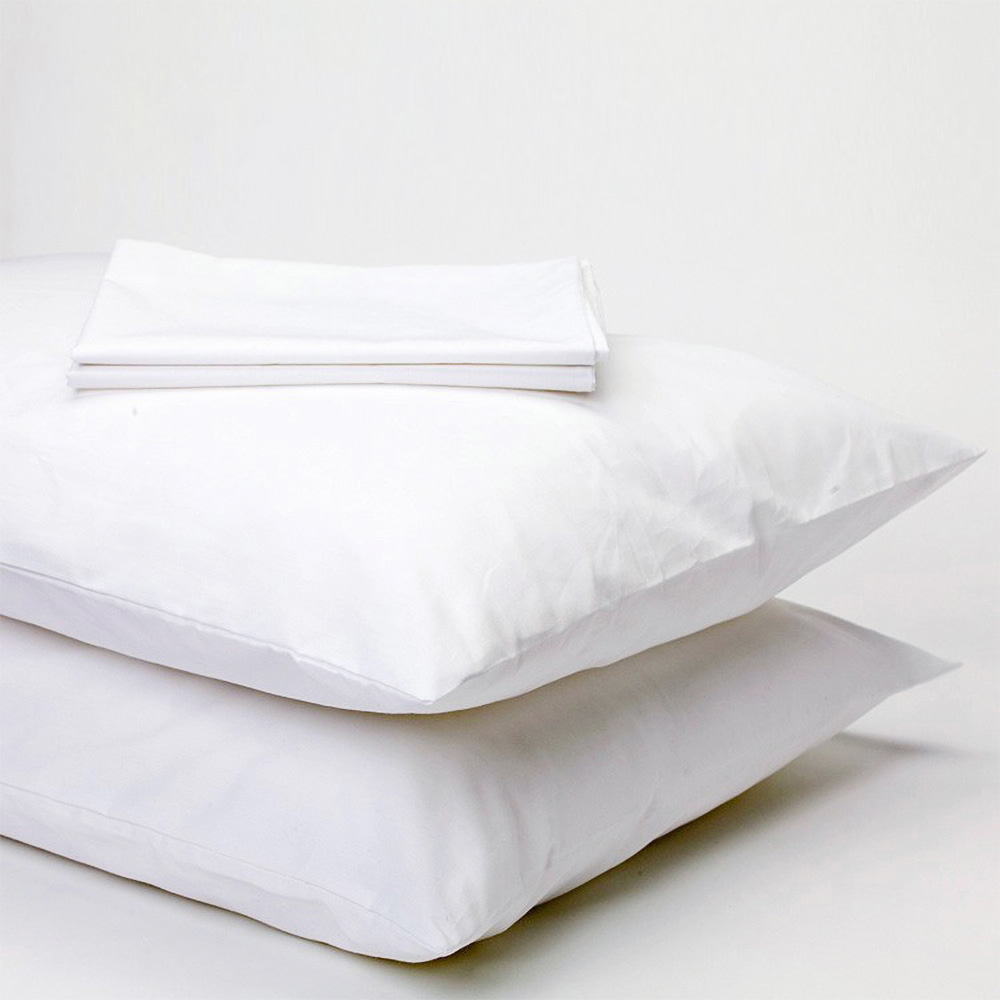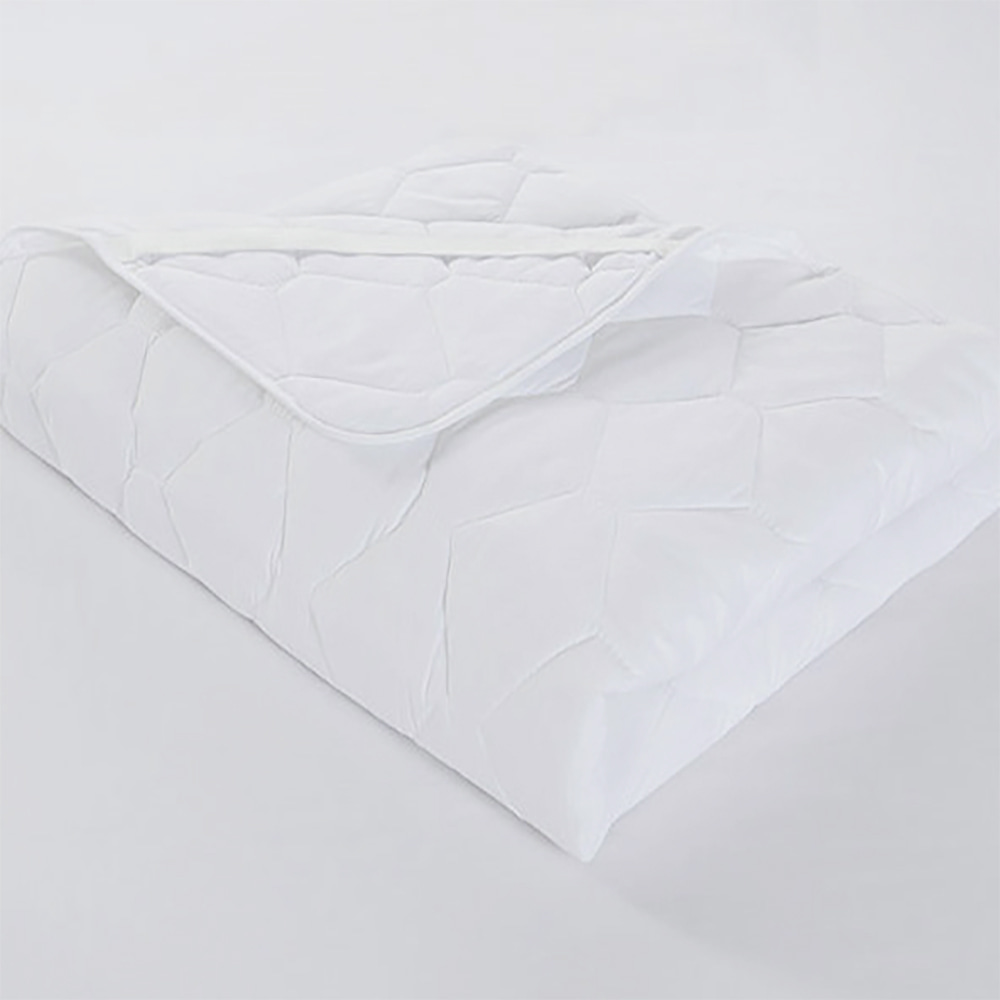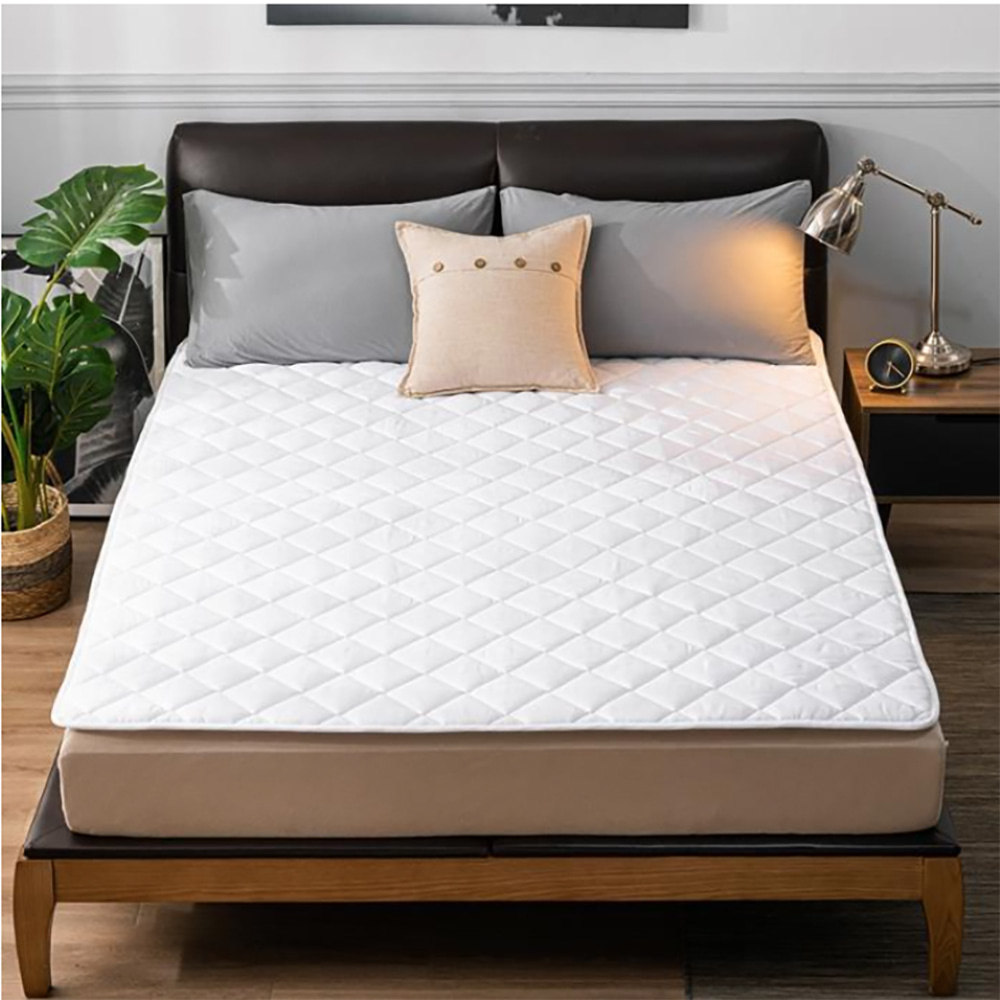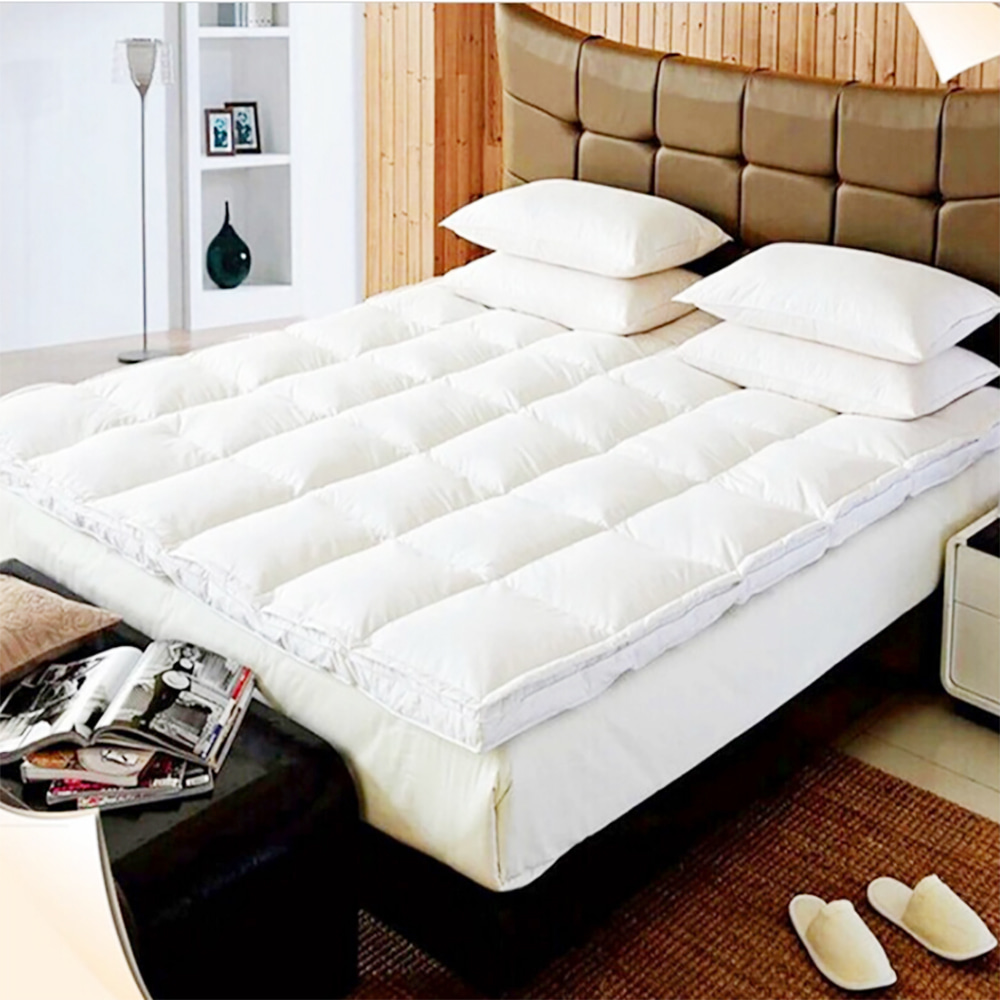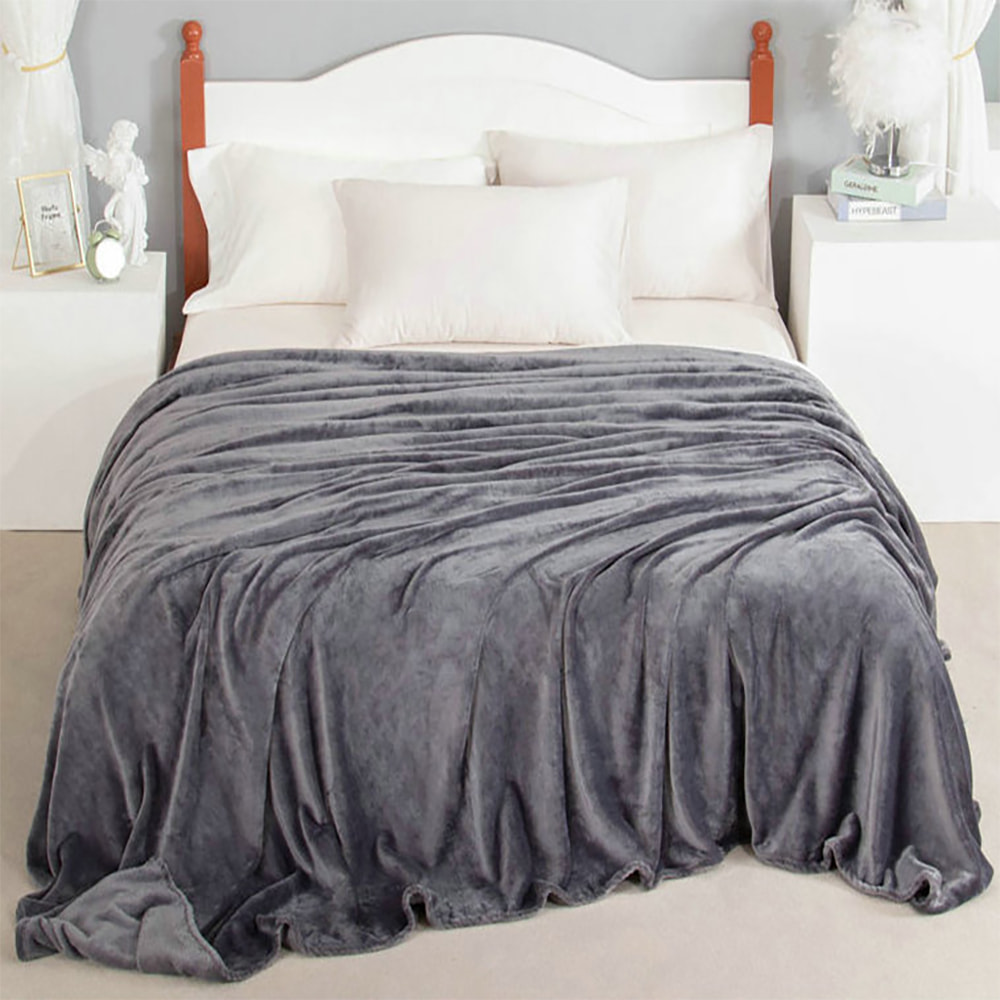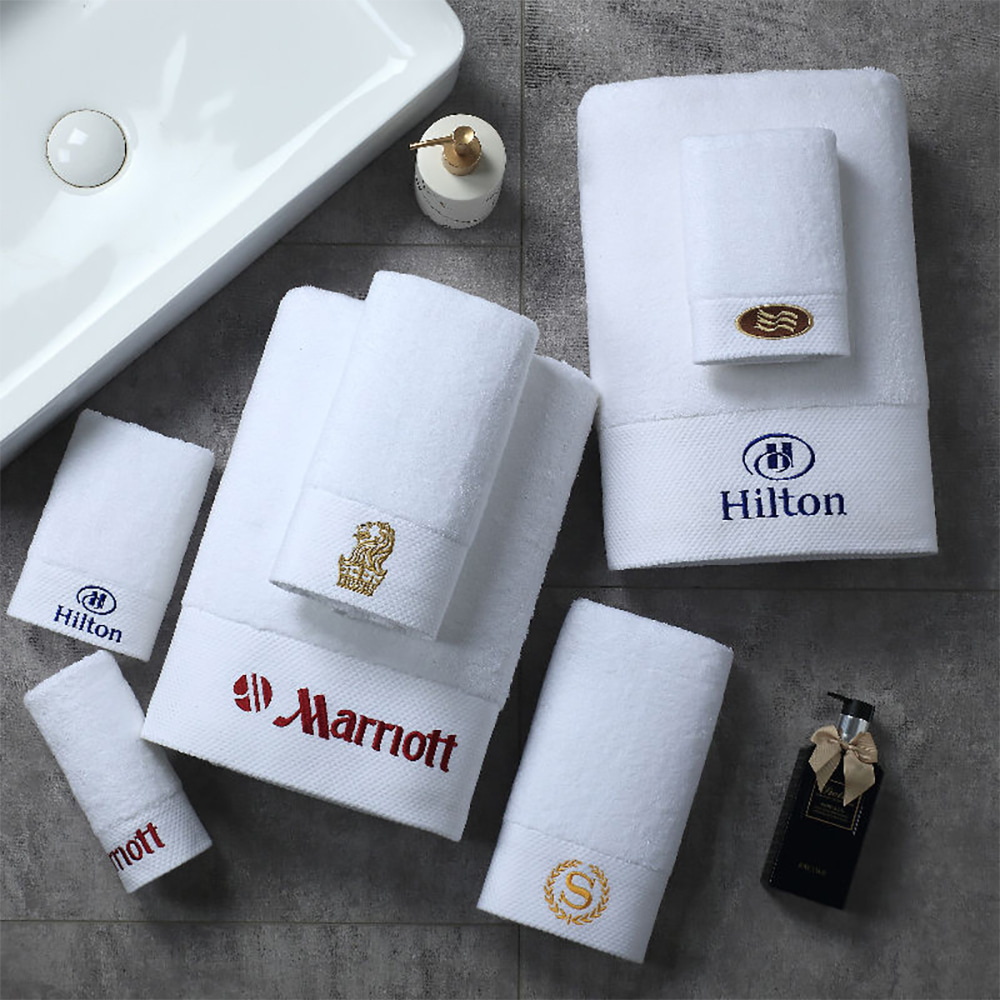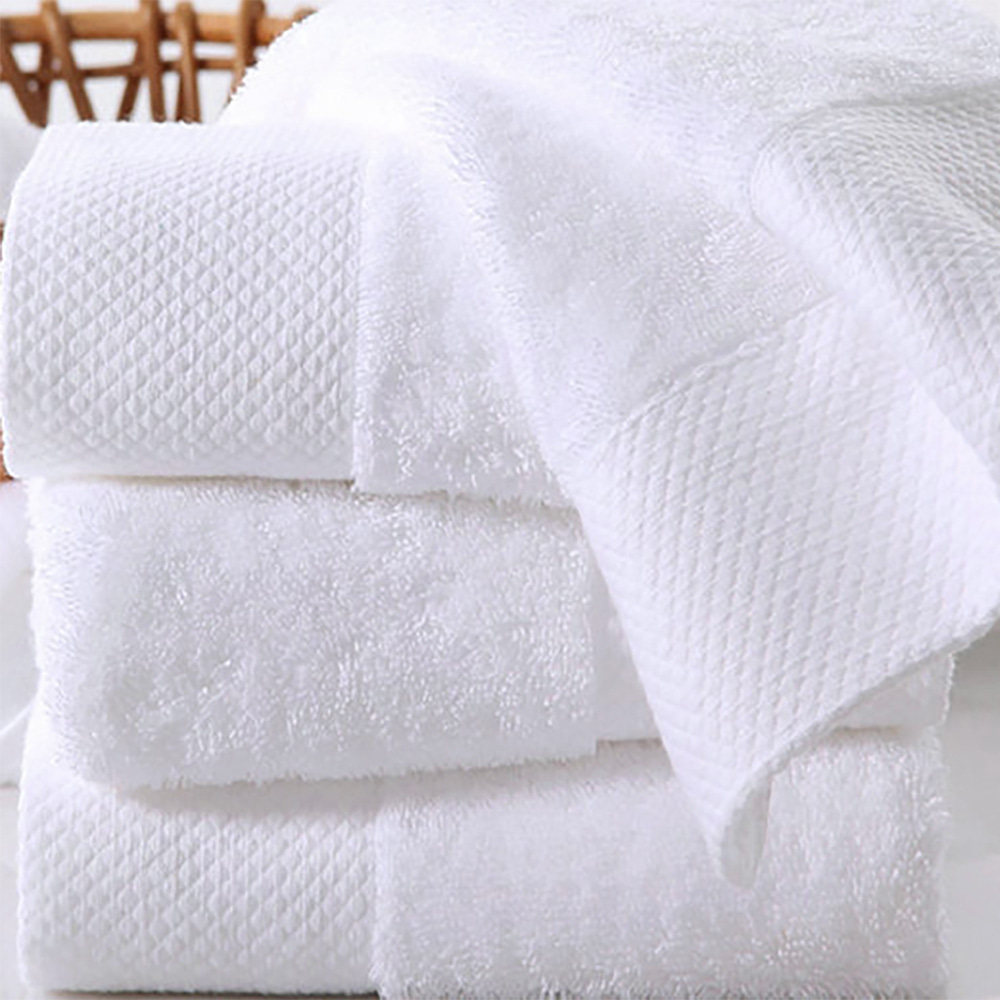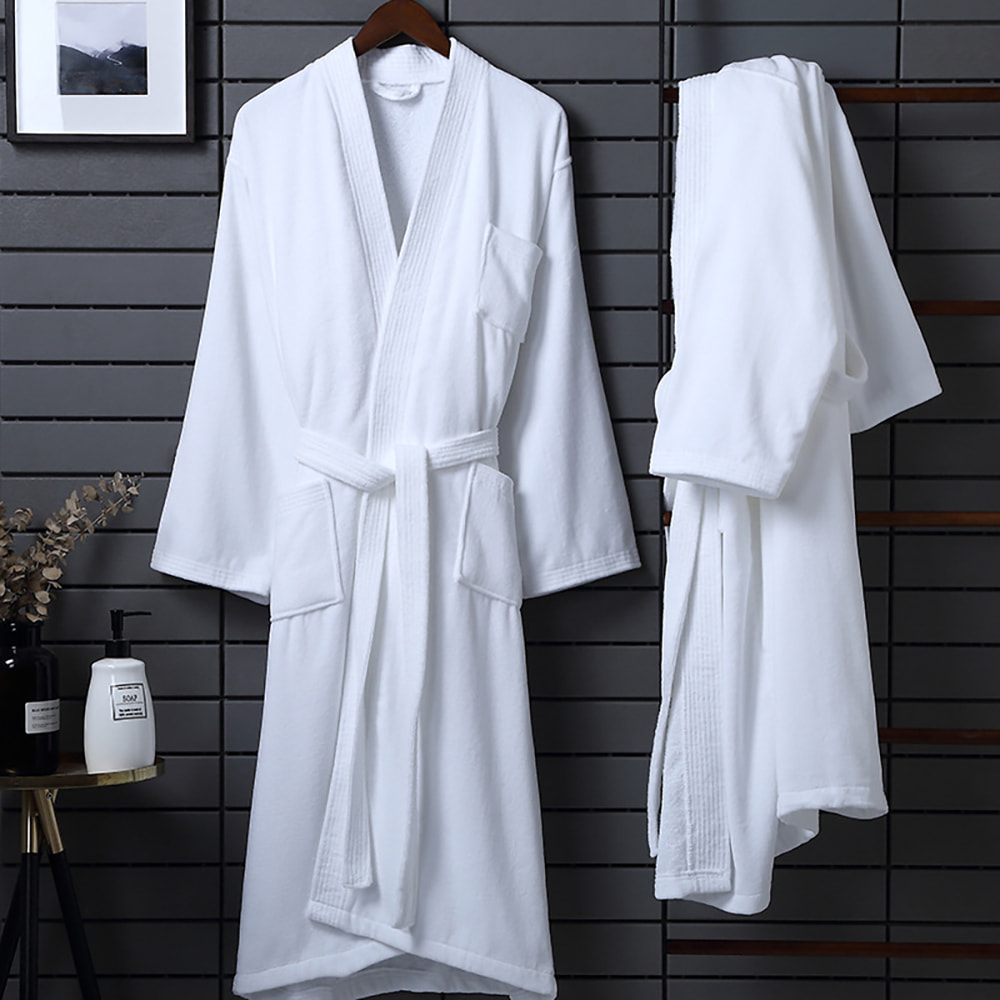1. Why choose polyester as hotel tablecloths?
Excellent durability
High strength and wear resistance The breaking strength of polyester fiber is 2-3 times that of cotton fiber. It can withstand 150-200 industrial washings and remain intact. The service life is 5-7 years, which significantly reduces the frequency of hotel replacement.
Wrinkle-resistant and iron-free The elastic recovery rate is as high as 90%-95%. After washing, it can be restored to flatness without complicated ironing, saving more than 70% of ironing labor costs.
Efficient operational adaptability
Dimensional stability Shrinkage rate <1% (cotton is 5%-8%), long-term use without deformation, ensuring perfect match with the dining table.
Quick drying and easy turnover The drying time after dehydration is 30% shorter than that of cotton, and it can be used on the same day with industrial washing.
Hygiene and safety advantages
Antibacterial and anti-fouling The hydrophobic surface reduces the attachment of microorganisms, and the flame retardant treatment (B1 grade) meets the hotel safety standards.
Chemical resistance It can withstand high-temperature washing at 70°C and chlorine-containing bleach, and it can be thoroughly disinfected without damaging the fiber.
Economic and environmental characteristics
Low cost throughout the entire cycle The comprehensive procurement, washing and maintenance costs are 35%-40% lower than cotton, and the investment recovery period is only 8-12 months.
Sustainable options Recycled polyester (rPET) products reduce carbon footprint by 30%-40%, and support the recycling of waste linens.
Design flexibility
Color durability Color fastness ΔE<3 (AA grade), still bright as new after 100 washes, suitable for unified brand image.
Customized service Supports personalized designs such as LOGO embroidery and digital printing, suitable for different hotel styles.
2. How to maintain polyester hotel tablecloths?
Ø Scientific washing methods
Sorting and pretreatment
Classification by degree of stains
Light stains (dust, tea stains): Soak in cold water for 30 minutes
Moderate stains (coffee, sauce): 40℃ warm water + enzyme detergent pretreatment
Heavy stains (oil stains, red wine): Special stain remover spot application + steam treatment
Classification by color (to avoid color mixing)
|
Color type |
Washing temperature |
Detergent recommendations |
|
White |
≤70℃ |
Oxygen bleach |
|
Light color |
≤60℃ |
Neutral detergent |
|
Dark color |
≤50℃ |
Anti-fading detergent |
Industrial washing parameters
Water temperature: 60-70℃ (high temperature sterilizes but avoids fiber damage)
Detergent: low-alkali formula (pH 9-10)
Dehydration: 200-250G (avoid excessive dehydration causing wrinkles)
Rinse: 2-3 times to ensure no detergent residue
Ø Professional stain removal tips
|
Stain type |
Treatment method |
Precautions |
|
Red wine/juice |
Salt absorption + soda water tapping |
Do not rub hard |
|
Oil stains |
Apply detergent + rinse with cold water |
Do not use hot water (will solidify oil stains) |
|
Coffee/tea stains |
Wipe gently with hydrogen peroxide + ammonia (3:1) |
Test color fastness |
|
Lipstick/makeup |
Wipe gently with alcohol cotton pad |
Avoid large area use |
Ø Ironing and finishing
Ironing parameters
Temperature: 160-180℃ (with steam)
Pressure: medium (avoid high temperature pressing and causing fiber hardening)
Ironing order: back first, then front, iron from the center outward
Folding storage skills
Fold after complete cooling (avoid creases caused by heat pressing)
Change the folding method every 3 months (to prevent the same position from being deformed by long-term pressure)
Storage environment:
Temperature: 18-22℃
Humidity: 45-55%
Avoid direct sunlight (to prevent fading)

3. The role of hotel wallpaper
Protect the dining table and reduce maintenance costs
Physical protection:
Prevent tableware from scratching wooden or marble tabletops
Absorb wine splashes to prevent liquid from seeping into the tabletop and causing permanent damage
Easy to clean:
Directly replacing dirty tablecloths is more efficient than cleaning the tabletop (especially when turning tables at banquets)
Specially coated tablecloths (such as waterproof and oil-proof types) can reduce penetration and reduce the difficulty of washing
Improve the grade of the dining environment
Visual beauty:
Create a high-end, warm or themed dining atmosphere through the design of color, material and texture
Pure color tablecloths (such as white and beige) are elegant, and printed/embroidered ones are suitable for specialty restaurants
Comfortable touch:
High-quality fabrics (such as high-count cotton, linen, polyester) provide a soft and skin-friendly dining experience
Reduce the collision noise between tableware and the tabletop and improve dining privacy
Adapt to the needs of various scenarios
|
Scenes |
Tablecloth characteristics requirements |
|
Cafeteria |
Wear-resistant, easy to clean (high-density polyester) |
|
Outdoor dining |
UV protection, wind resistance (weighted drape) |
|
Theme banquet |
Customized printing, good color rendering under light |
|
Business meeting |
Plain matte, reduce reflection interference |
4. FAQ about Polyester Hotel Tablecloth
- Q1: What are the core advantages of polyester tablecloths compared to other materials?
Durability: Polyester fiber strength is 2-3 times that of cotton, can withstand 150-200 industrial washings, and has a service life of 5-7 years.
Easy maintenance: wrinkle-resistant and iron-free, shrinkage rate <1%, no complicated ironing required after washing.
Hygiene: hydrophobic surface reduces bacterial attachment and supports high-temperature disinfection at 70°C.
Cost-effectiveness: The full-cycle cost is 35%-40% lower than cotton, and the investment recovery period is 8-12 months.
- Q2: What should I do if the edge of the tablecloth is frequently worn?
Prevention: Choose thickened edging technology (edge weight increased by 20%).
Repair: hot-melt patch repair (washable for more than 50 times) or downgrade to training cloth.
- Q3: How to judge whether the tablecloth should be replaced?
Physical indicators: thickness reduction ≥15% or ≥3 damages/㎡.
Functional failure: 30% residue remains after stain removal or ironing time increases by 50%.


